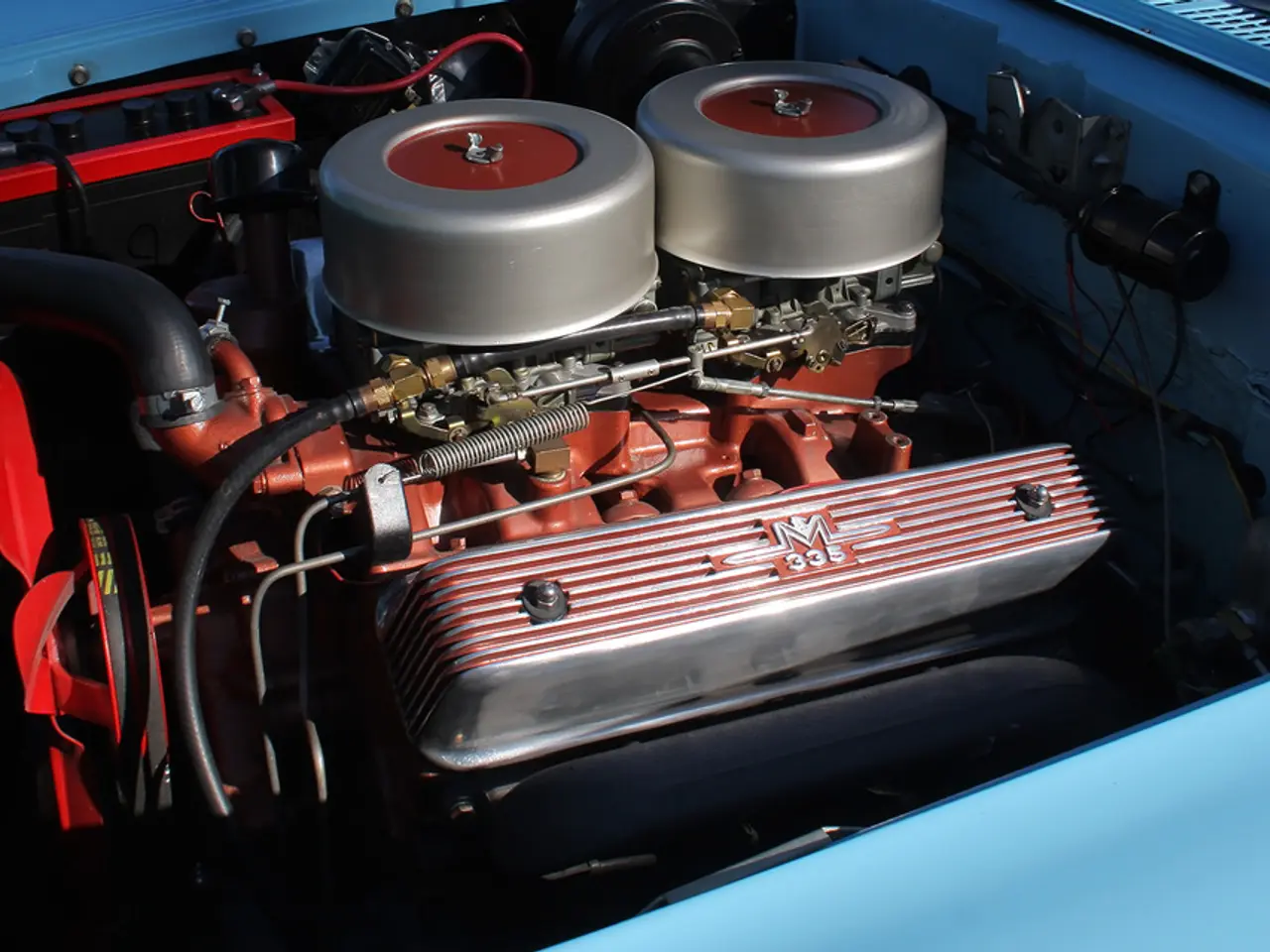Programming for Industrial Controllers: Artificial Intelligence, Low-Code Methods, and the Evolution of PLC Program Development
The world of industrial controller programming is on the brink of a significant transformation, with a focus on low-code graphical environments, AI integration, and the convergence of IT and OT practices. This shift aims to address workforce shortages, complexity, and the need for flexible, interoperable automation solutions.
One of the key trends driving this change is the adoption of low-code graphical programming. Vendors are moving towards providing pre-packaged, modular control objects within graphical programming environments. This abstraction enables users, often without deep programming expertise, to parameterize and instantiate control functions visually, allowing programmers to concentrate on higher-level design rather than low-level control details.
Another trend is the integration of AI tools, especially generative AI, into programming environments. These tools offer intelligent code assistance, auto-completion, block recommendations, and knowledge preservation, helping to bridge skills gaps caused by retiring experienced engineers and improve coding efficiency.
The use of multi-language and open automation platforms is also on the rise. Platforms like Phoenix Contact’s PLCnext Technology enable the combination of traditional programmable logic controller (PLC) languages with high-level languages such as C/C++, Python, and MATLAB Simulink on the same device. This integration supports collaboration between OT specialists and IT/software engineers, breaking down silos and enhancing flexibility for complex automation solutions.
There is also a noticeable trend towards adopting IT best practices, toolchains, and mindsets in operational technology domains. This includes integration of standardized data models to ensure interoperability and ease of data processing within Industrial Internet of Things (IIoT) platforms. Such convergence facilitates seamless data exchange, unified development environments, and enables software automation engineers to participate more actively in industrial control programming.
Lastly, the adoption of widely used programming languages and development practices is growing. This facilitates leveraging extensive libraries and development tools, speeding up automation application development, and aligning with broader software trends such as low-code/no-code and AI-assisted development.
In this transition, the need for IEC-61131-3 style programming is eliminated. The new system provides a more abstract and service-oriented structure compared to the traditional control structure. The objects in the new system are encapsulated, hiding the details of the low-level control. This transition will involve the use of pre-packaged libraries of objects for instantiation and parameterization.
This shift towards modern, user-friendly, and efficient programming environments is set to revolutionize the industrial controller landscape, making it more accessible to a wider range of professionals and fostering collaboration between IT and OT specialists.
- The integration of AI tools, particularly generative AI, into industrial programming environments is crucial in bridging skills gaps caused by retiring experienced engineers, as these tools offer intelligent code assistance and auto-completion.
- The adoption of widely used programming languages and development practices is poised to transform the industrial controller landscape, making it more accessible to a broader range of professionals, and fostering collaboration between IT and OT specialists.




